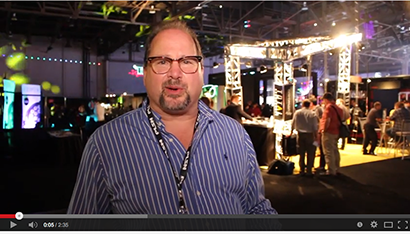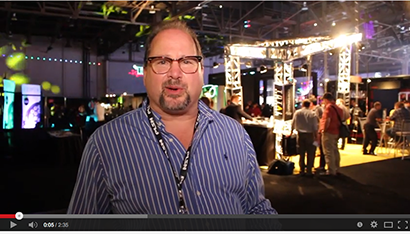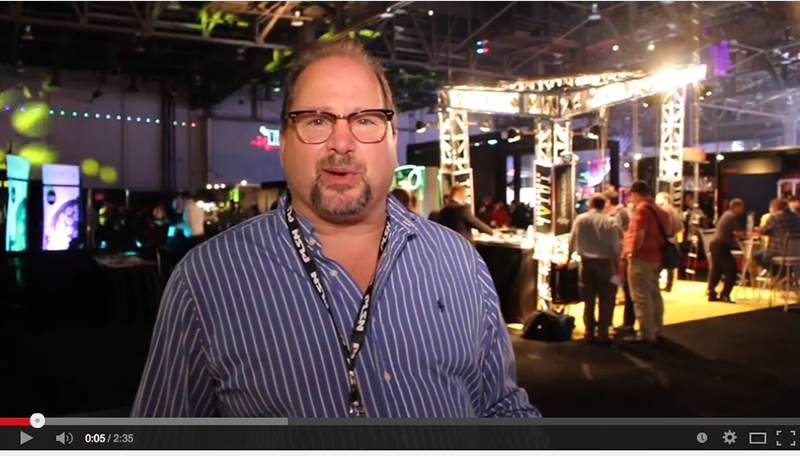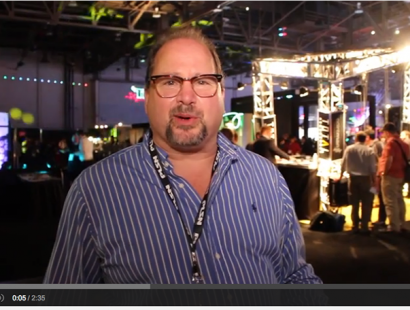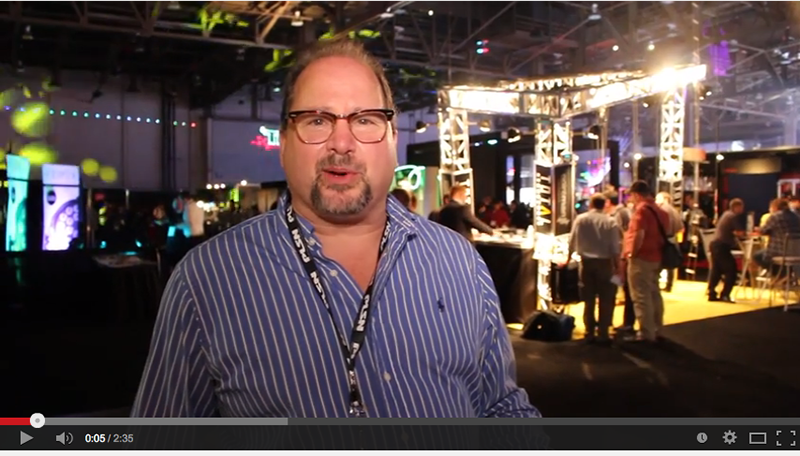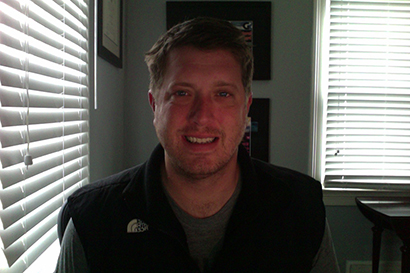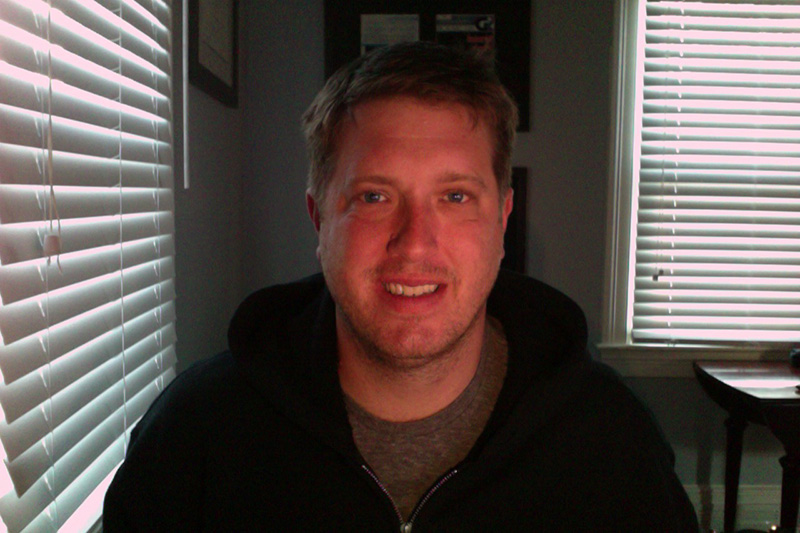Catching Up
I took the summer off from lighting any shows to concentrate on the magazine and be available to see all the shows coming through my city.
I have caught up with so many old lighting designer colleagues as well as meeting a few new board operators that have tons of talent. I really wish I had enough time to catch up with everyone out on the road.
